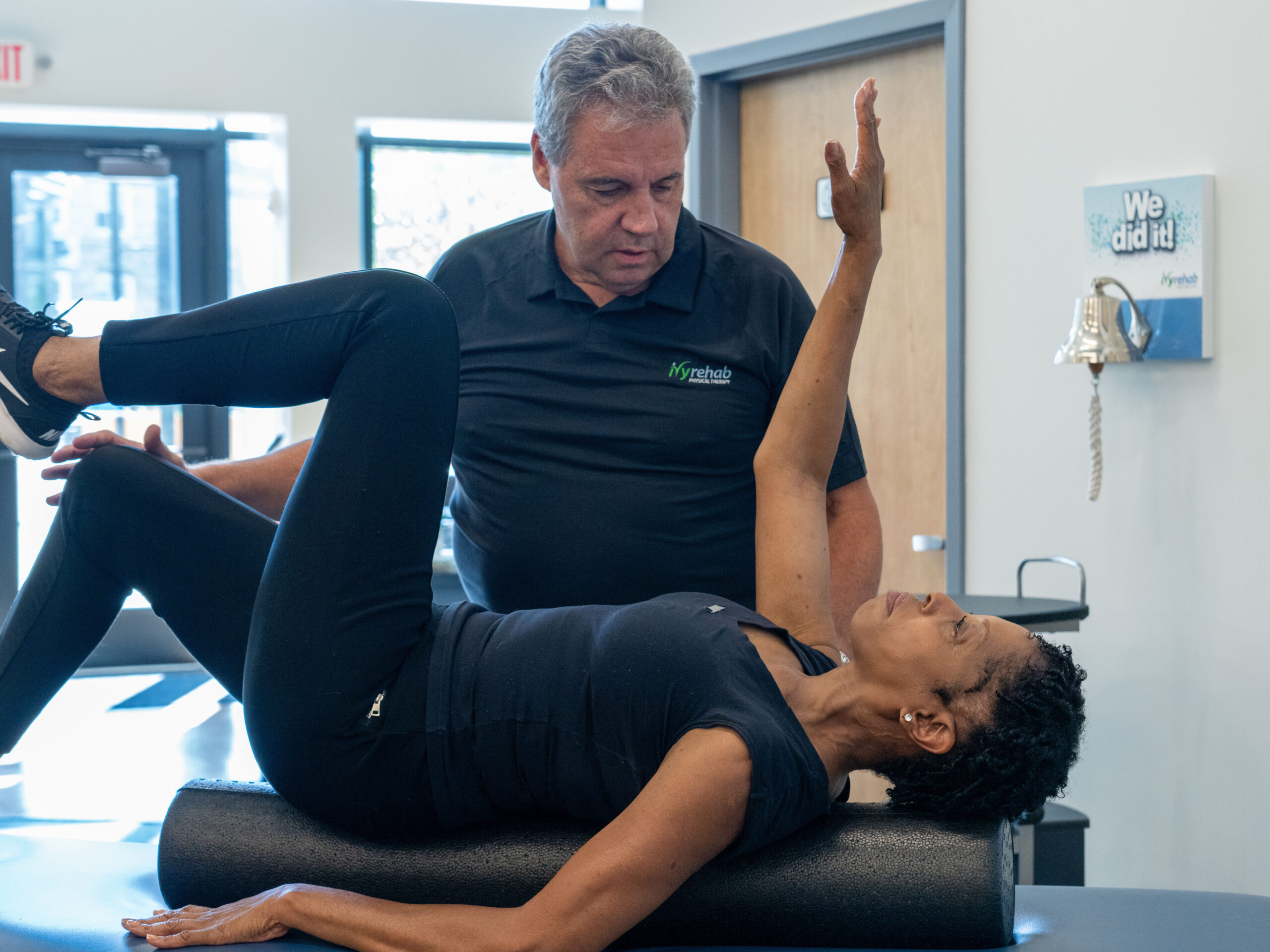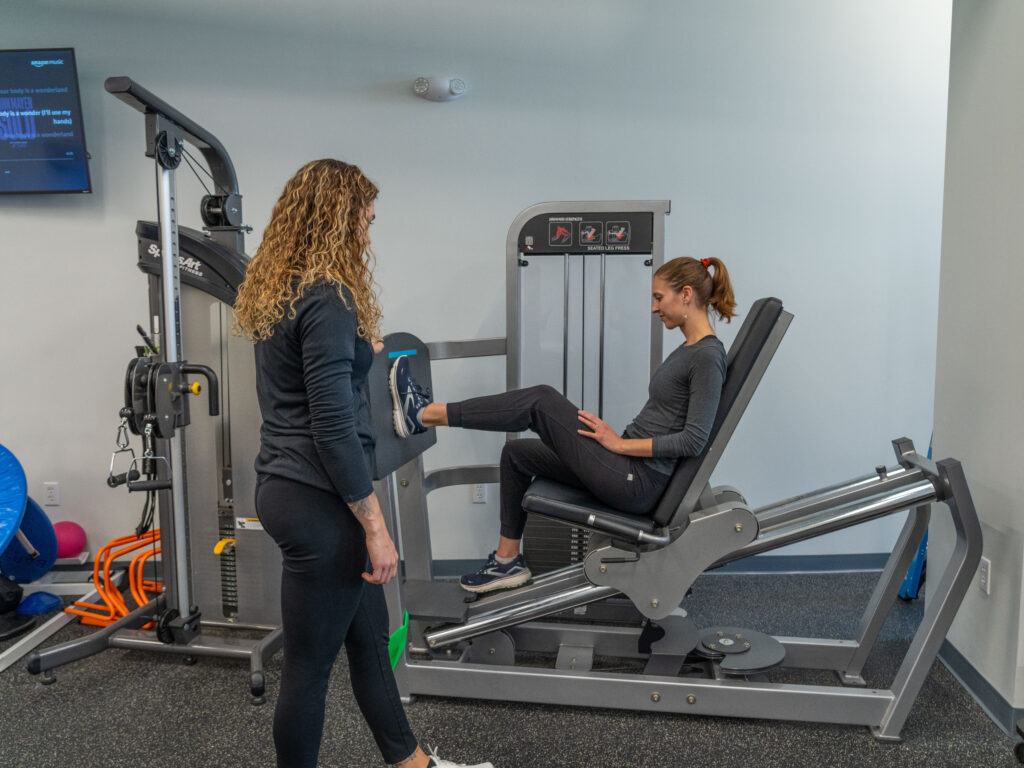
Sciatica Therapy
The first line of treatment for sciatica is often physical therapy as it has been shown to be both effective in alleviating pain as well as saving the individual and medical system money. Your physical therapist will help determine a directional preference for your condition as most spinal pain has certain activities that will both alleviate and irritate your sciatica.
What is sciatica?
In more severe cases of low back pain, sciatica (or radiculopathy) may occur. Sciatica is experienced when a spinal nerve root in the low back becomes irritated and inflamed; usually, as a result of mechanical compression from an injured disc, bone spur inflamed SI joint, or spinal stenosis. More serious causes of sciatica include fractures, tumors, and dislocations which require immediate medical workup.


What are the symptoms of sciatica?
The sensation of pain, numbness or paresthesia will usually radiate from your back, through your buttock, and down the back of the leg to your calf or foot. Some individuals only experience leg symptoms, without back pain, which makes the diagnosing the source of pain more difficult. The pain or numbness will follow the path of the irritated nerve and knowing its exact location will help your Doctor or Physical Therapist determine the level involved. In severe cases, the nerve compression may interrupt the motor function of a nerve and weakness may occur resulting in foot drop or leg instability. Motor weakness is very serious as prolonged compression can lead to permanent nerve injury and those experiencing these symptoms should seek immediate medical consult.
Symptoms of sciatica:
- Nerve pain, numbness, or paresthesias that usually travel down the back of the leg to the calf or foot
- Sciatic symptoms may or may not be associated with lower back pain
How can physical therapy help?
The first line of treatment for sciatica is often physical therapy as it has been shown to be both effective in alleviating pain as well as saving the individual and medical system money. Your physical therapist will help determine a directional preference for your condition as most spinal pain has certain activities that will both alleviate and irritate your sciatica. Often with spinal stenosis, walking produces the pain, while sitting alleviates it. Lumbar disc bulges or herniations are irritated with sitting, but often are better with walking. Identifying provocative motions will help you avoid further irritation of the inflamed spinal nerve and improve your chance of a quick recovery. For those that do not respond to Physical Therapy, anti-inflammatory medication or an epidural steroid injection may alleviate the pain related to sciatica. Very few individuals require surgery and while it cannot be avoided in every case, most individuals will recover with time.
Contact a clinic near you to find out how physical therapy may be able to help your sciatica pain.


Start living your best life.
Begin your journey close to home.

